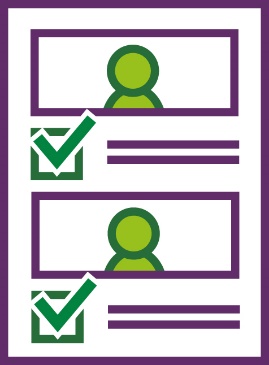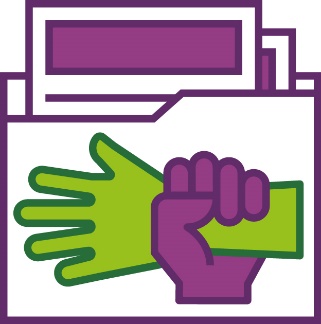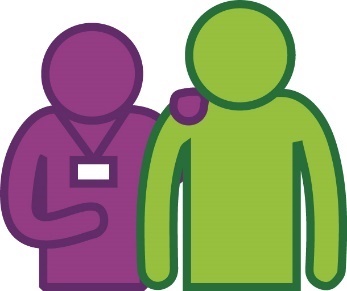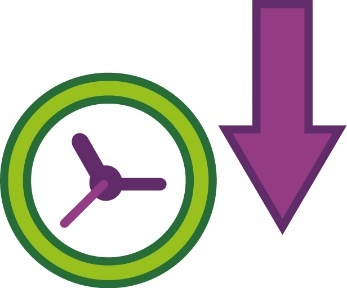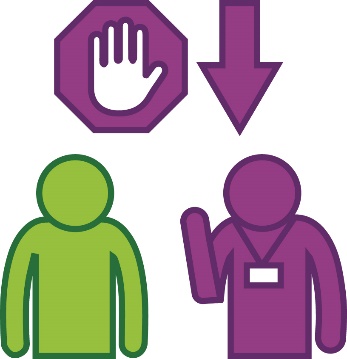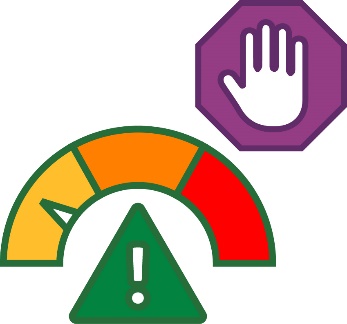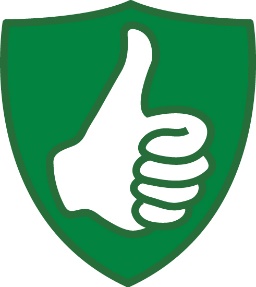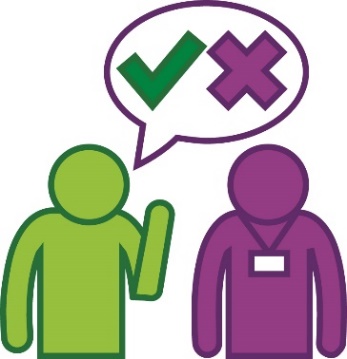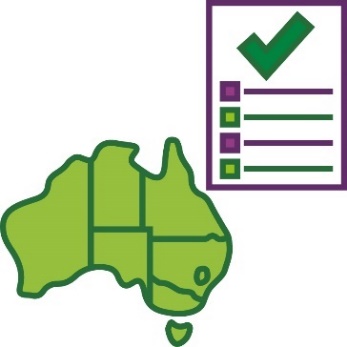What rules must your NDIS provider follow?
|
|
Only registered NDIS providers can use restrictive practices. |
|
|
|
When a NDIS provider is registered it means:
|
|
|
|
Your NDIS provider must tell us when they use restrictive practices. |
|
|
|
They must also keep records about:
|
|
Your NDIS providers must only use restrictive practices: |
|
|
|
|
|
|
|
|
|
Your NDIS providers will work with you to:
|
|
|
Your NDIS provider must stop using restrictive practices when there is no risk of harm to:
|
|
|
They must use restrictive practices in ways that are safe for you. |
|
|
You can ask your NDIS provider about what types of restrictive practices they:
|
|
|
Each state and territory government has their own rules about restrictive practices. |
|
|
This includes rules about how they approve restrictive practices. When governments approve restrictive practices, they agree that someone can use them. |

